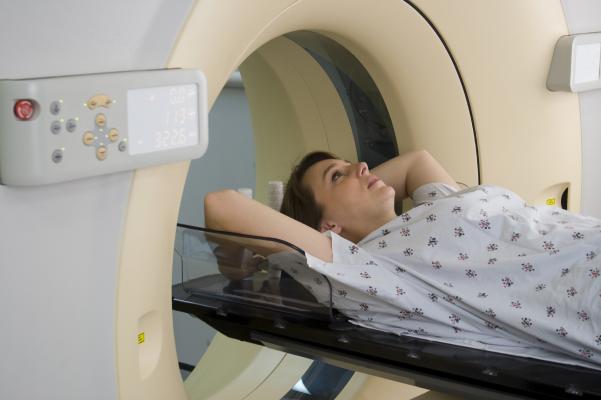
May 16, 2012 — A large multicenter study found that the Breast Imaging and Reporting Data Systems (BI-RADS) terminology used by radiologists to classify breast imaging results is useful in predicting malignancy in breast lesions detected with magnetic resonance imaging (MRI). Results of the study are published online in the journal Radiology.
“BI-RADS was developed to standardize the lexicon of breast imaging reports and to help ensure patients receive proper follow-up,” said Mary C. Mahoney, M.D., director of breast imaging at the University of Cincinnati Medical Center in Ohio. “The BI-RADS lexicon for breast MRI provides descriptors and assessment categories that can be used to help predict the likelihood of cancer.”
BI-RADS, published by the American College of Radiology in collaboration with other healthcare organizations, is a quality assurance tool used to standardize reporting for breast imaging exams. The system, initially developed for mammography, was expanded in 2003 to include both MRI and ultrasound imaging of the breast. MRI breast screening exams are often performed on women at high risk for breast cancer and on patients with newly diagnosed breast cancer.
Radiologists assign breast imaging studies a BI-RADS assessment from zero to six, based on their interpretation of the images and characterization of any lesions present.
The multicenter study was launched to evaluate the performance of BI-RADS for MRI of the breast and to identify the breast imaging features that were most predictive of cancer. Participants in the study included 969 women who had recently received a breast cancer diagnosis in one breast and underwent breast MRI on the other breast at one of 25 participating imaging sites.
The analysis of the MRI data revealed that a BI-RADS assessment of 5, defined as highly suggestive of malignancy, and the identification of a mass — a 3-D grouping of abnormal cells — were most predictive of cancer.
A BI-RADS score of 5 was assigned to 14 women in the study. Eleven of the 14 women had follow-up imaging, and cancer was identified in 10 of them for a positive predictive value of 71 percent. A BI-RADS score of 4, defined as ‘suspicious abnormality, biopsy should be considered,’ was assigned to 83 women, 67 of whom had follow-up imaging identifying 17 cancers for a 20 percent positive predictive value.
For masses, the lesion features that were most predictive of cancer included irregular shaped, spiculated margins (characterized by spikes or points) or marked enhancement (a very bright image with contrast agent). For non-3-D lesions, features most predictive of cancer were location in a milk duct or clumped enhancement.
“MRI is a very important tool in evaluating breast health in women,” Mahoney said. “However, there is still wide variability in how the exam is performed and a lack of standardization in test protocols that make it hard to compare results.”
She said recommendations from the multicenter study may be incorporated into future editions of BI-RADS, which will ultimately help MRI exams more easily transferred from one institution to another.
For more information: www.radiologyinfo.org


 December 15, 2025
December 15, 2025 









